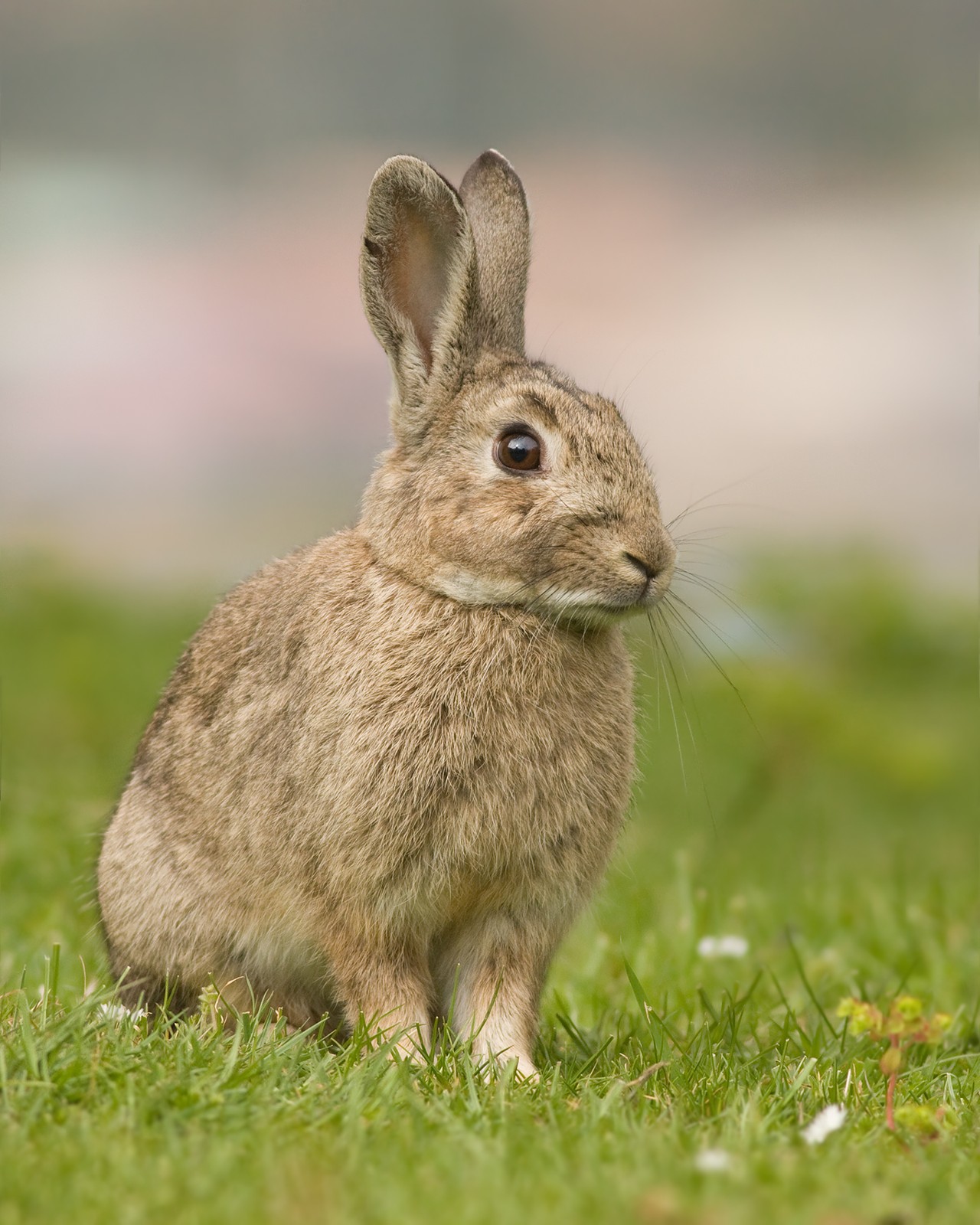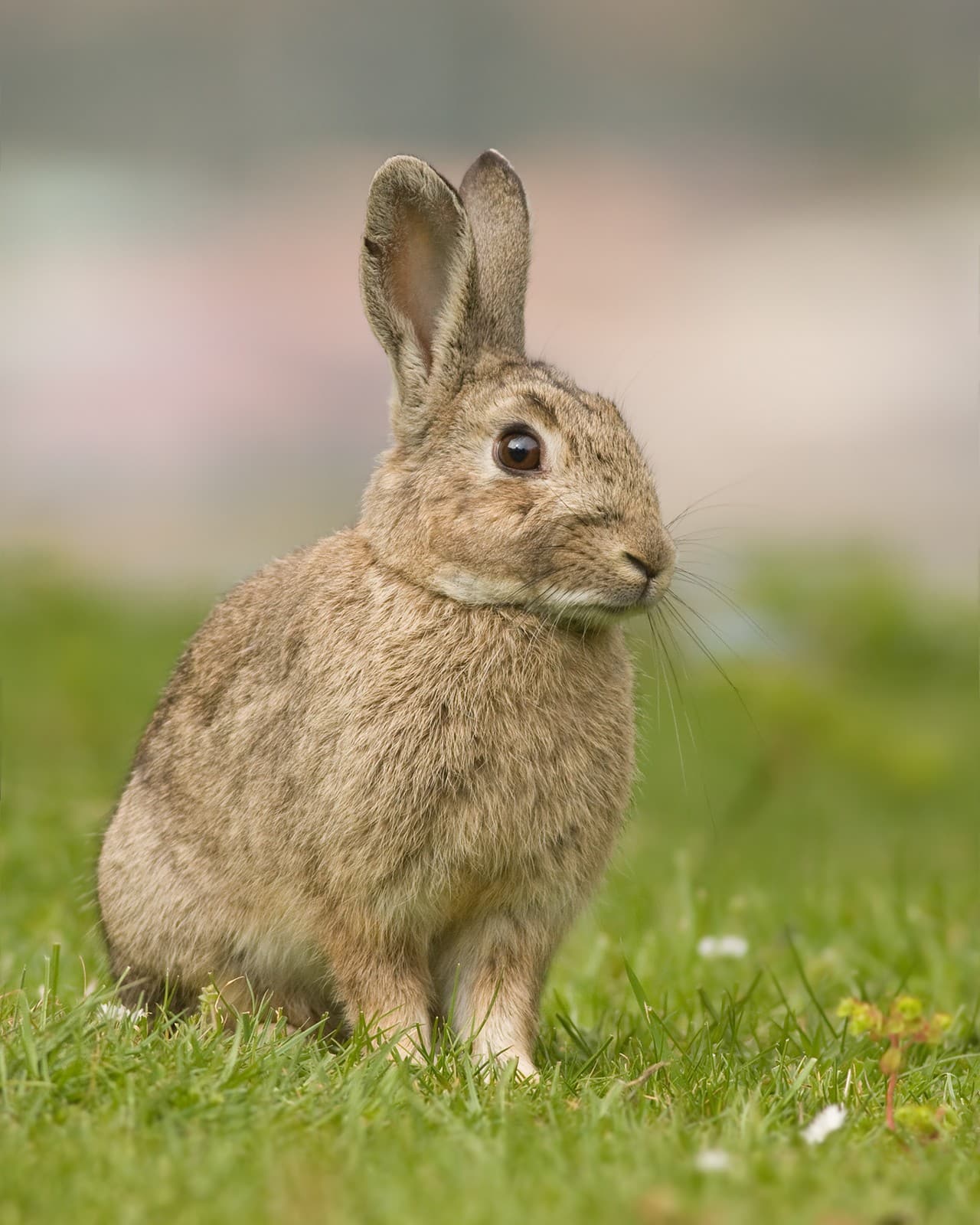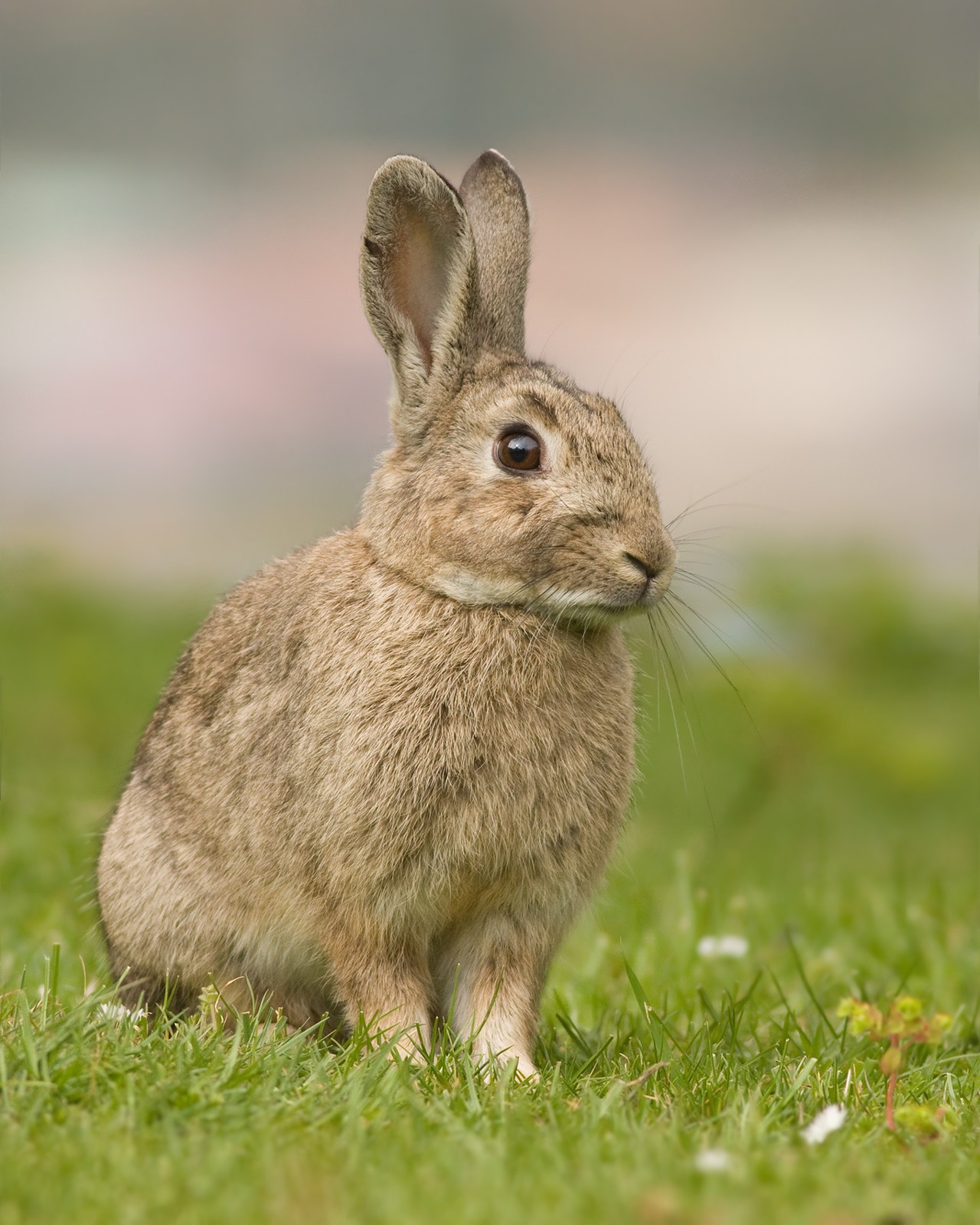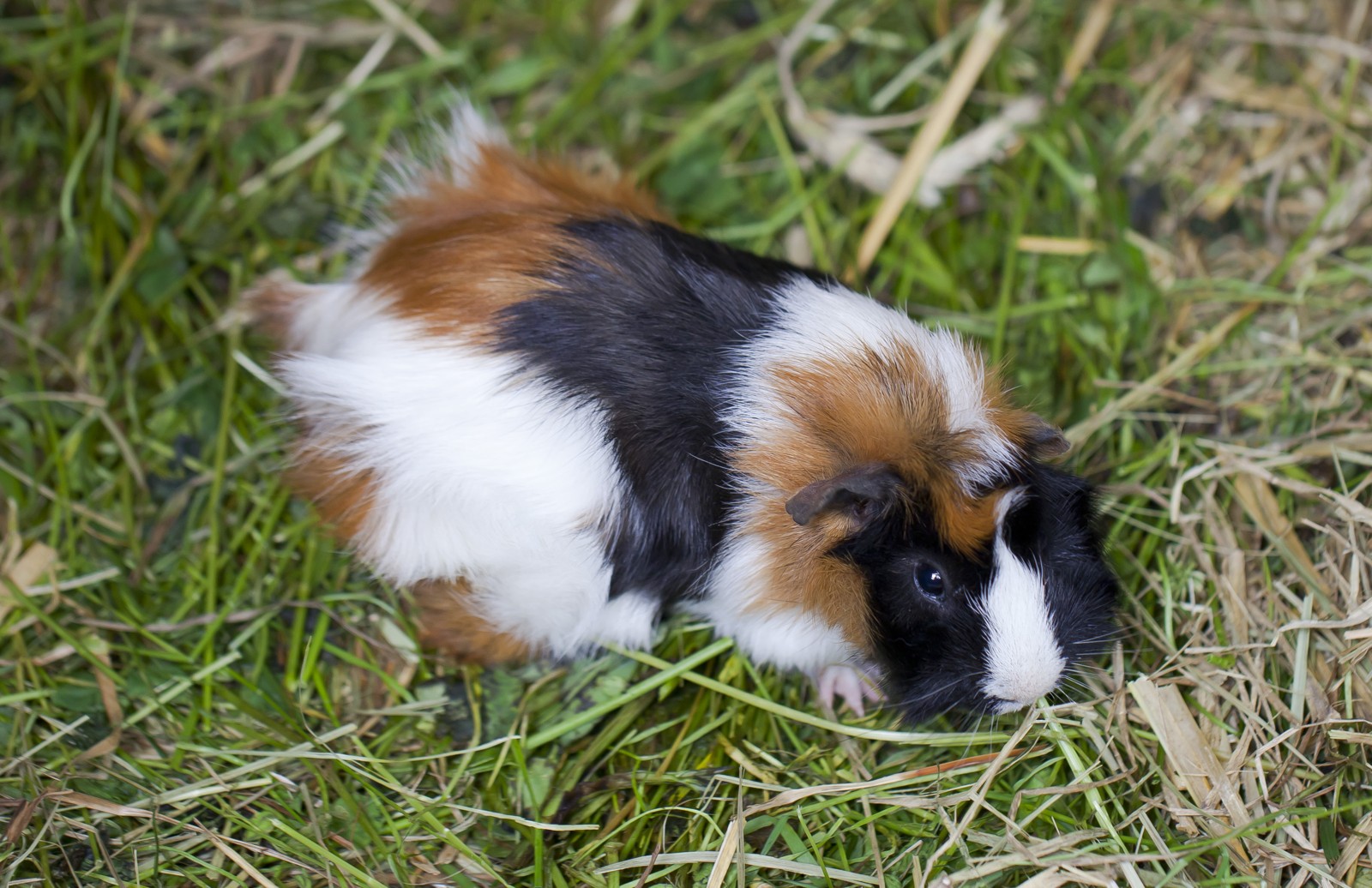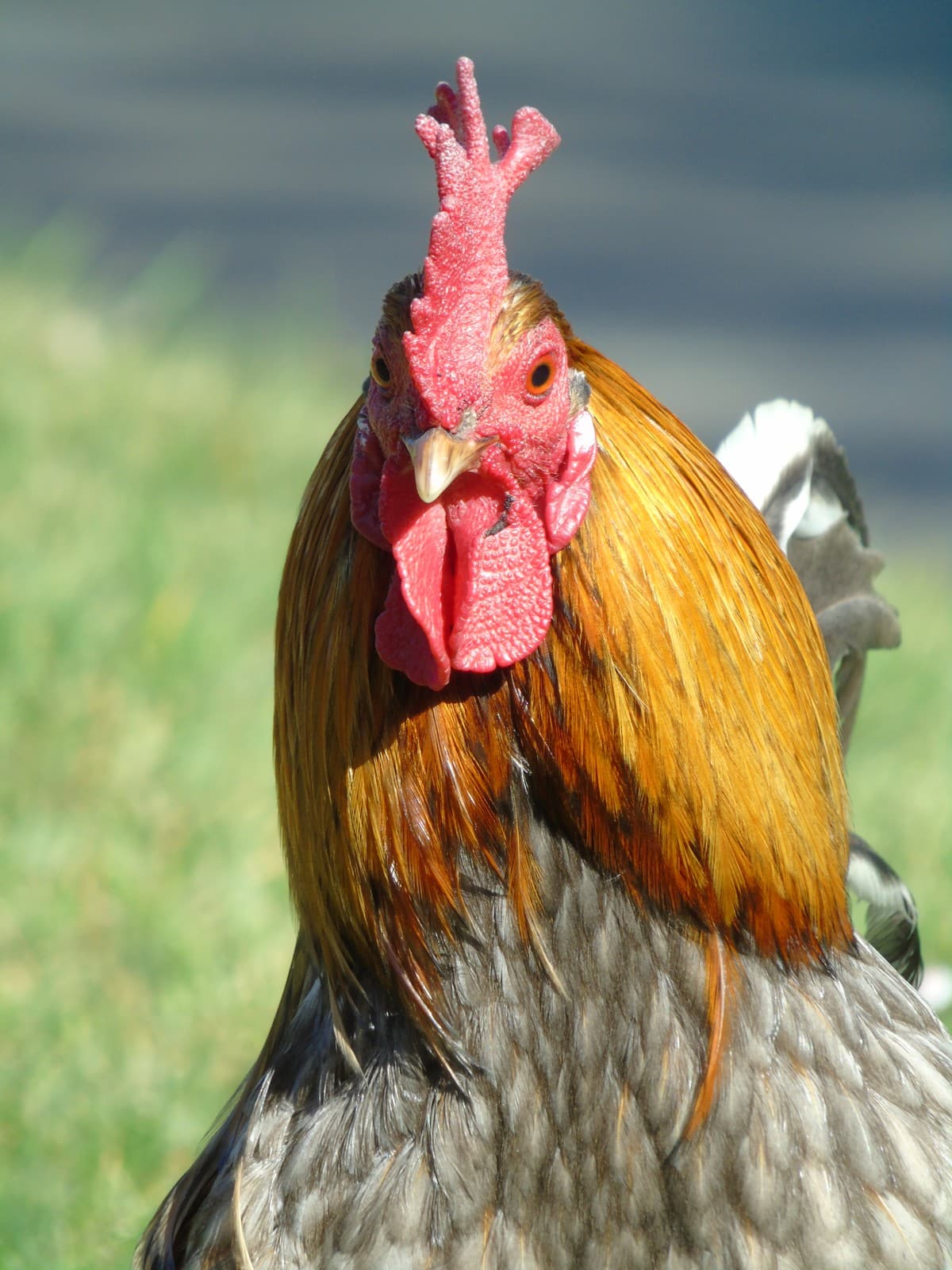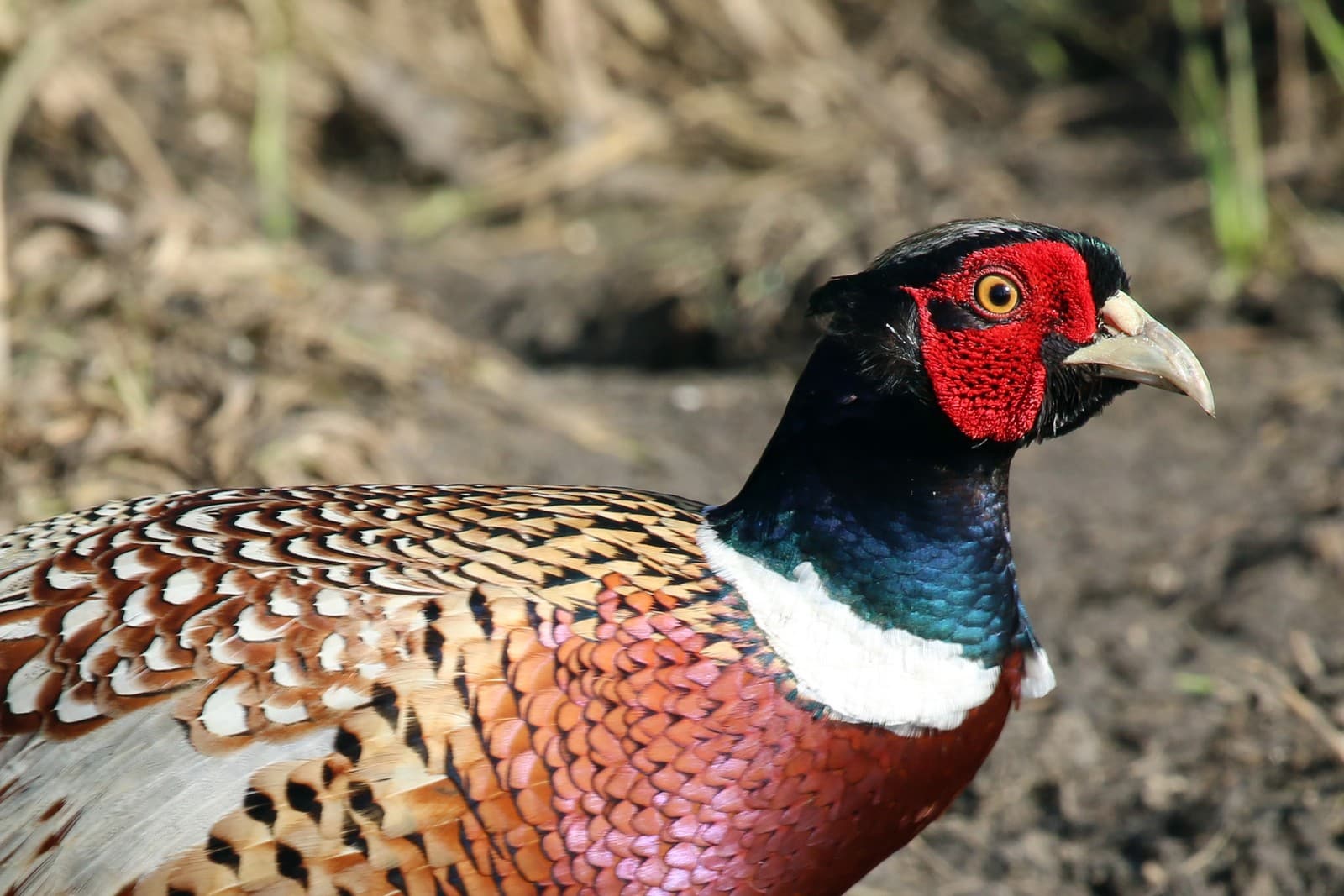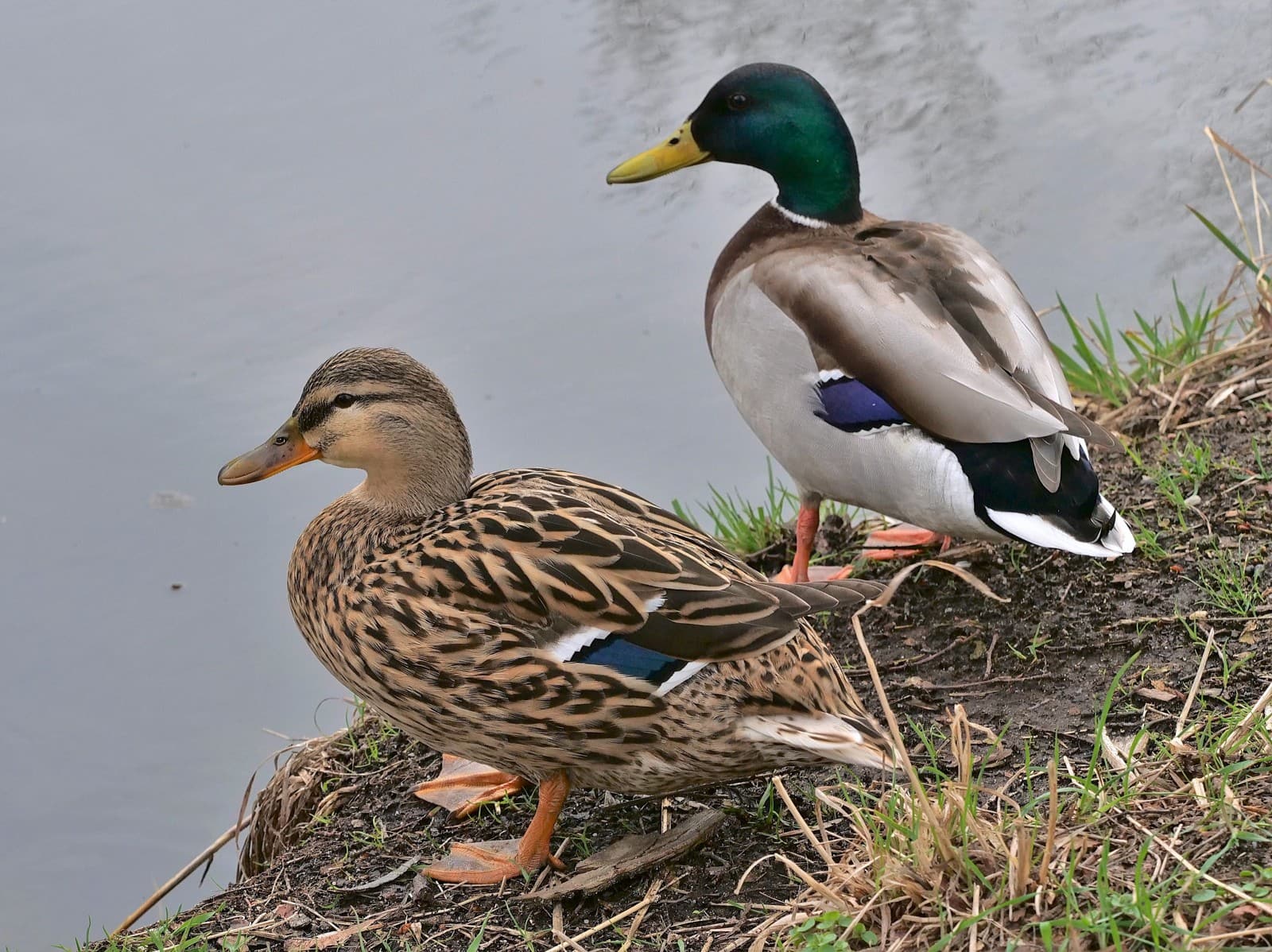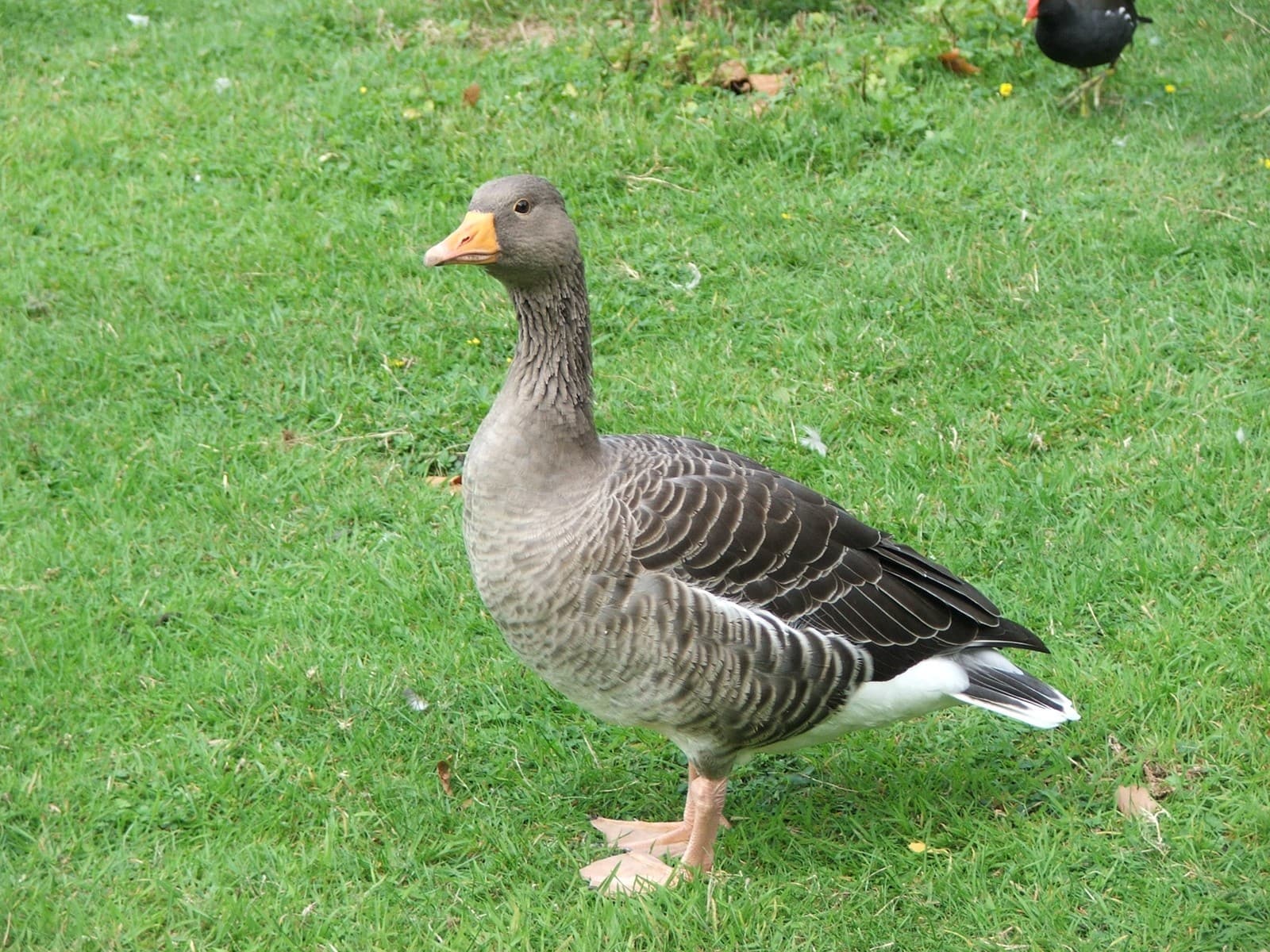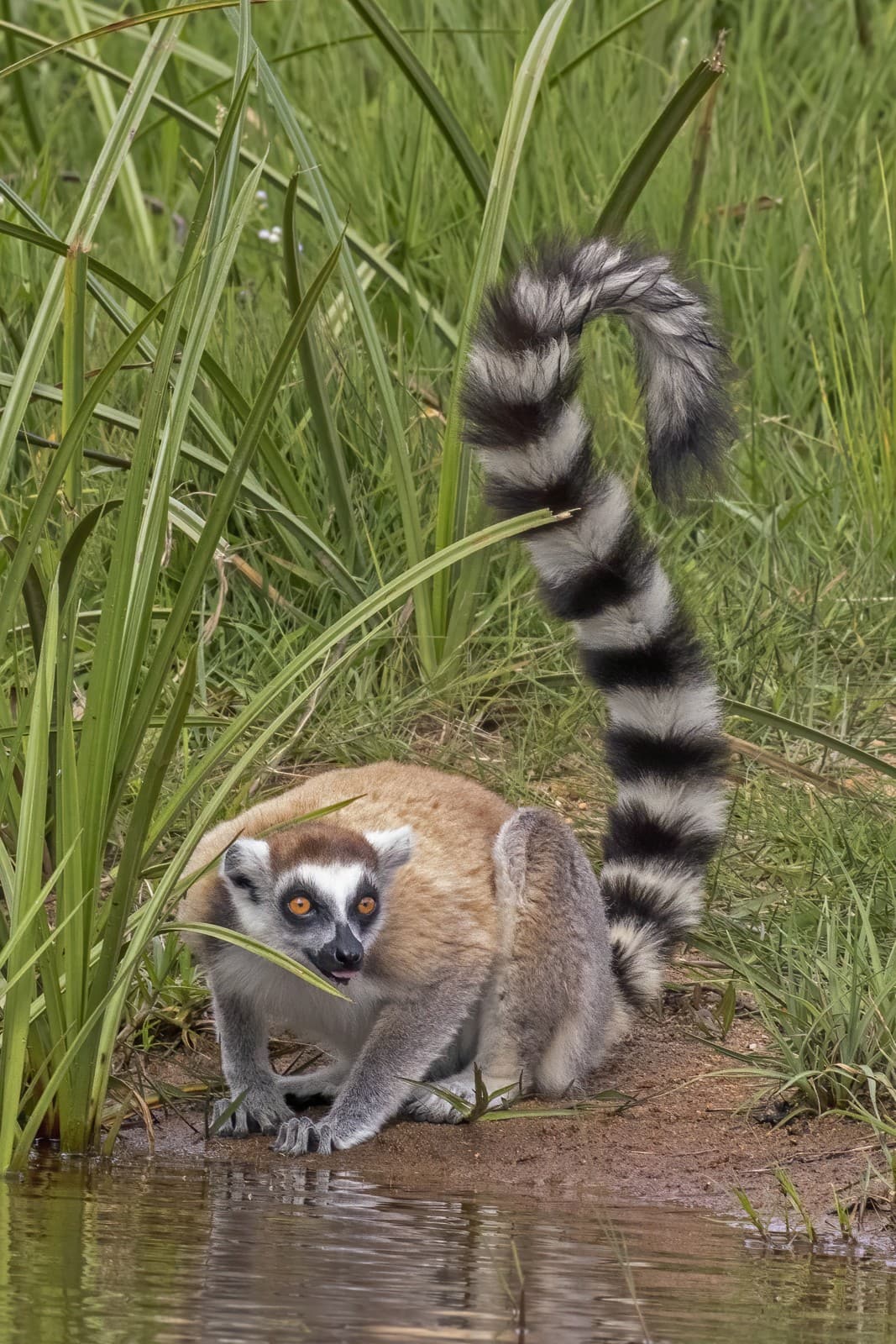Rabbit vs Bunny: A Complete Comparison
The terms “rabbit” and “bunny” often create confusion among animal enthusiasts and pet owners alike. While many use these words interchangeably, there are notable distinctions worth understanding. Adult rabbits typically weigh between 2-20 pounds (0.9-9.1 kg), with wild species generally being smaller than domesticated breeds. The word “bunny” specifically refers to young rabbits or is used as an affectionate term for rabbits of any age.
In the wildlife community, “rabbit” is the scientifically accurate term for members of the Leporidae family, which includes over 60 species worldwide. “Bunny,” while commonly used in everyday language, is not a scientific classification but rather a colloquial term that gained popularity in the 1600s through children’s literature and folklore.
Visual Comparison
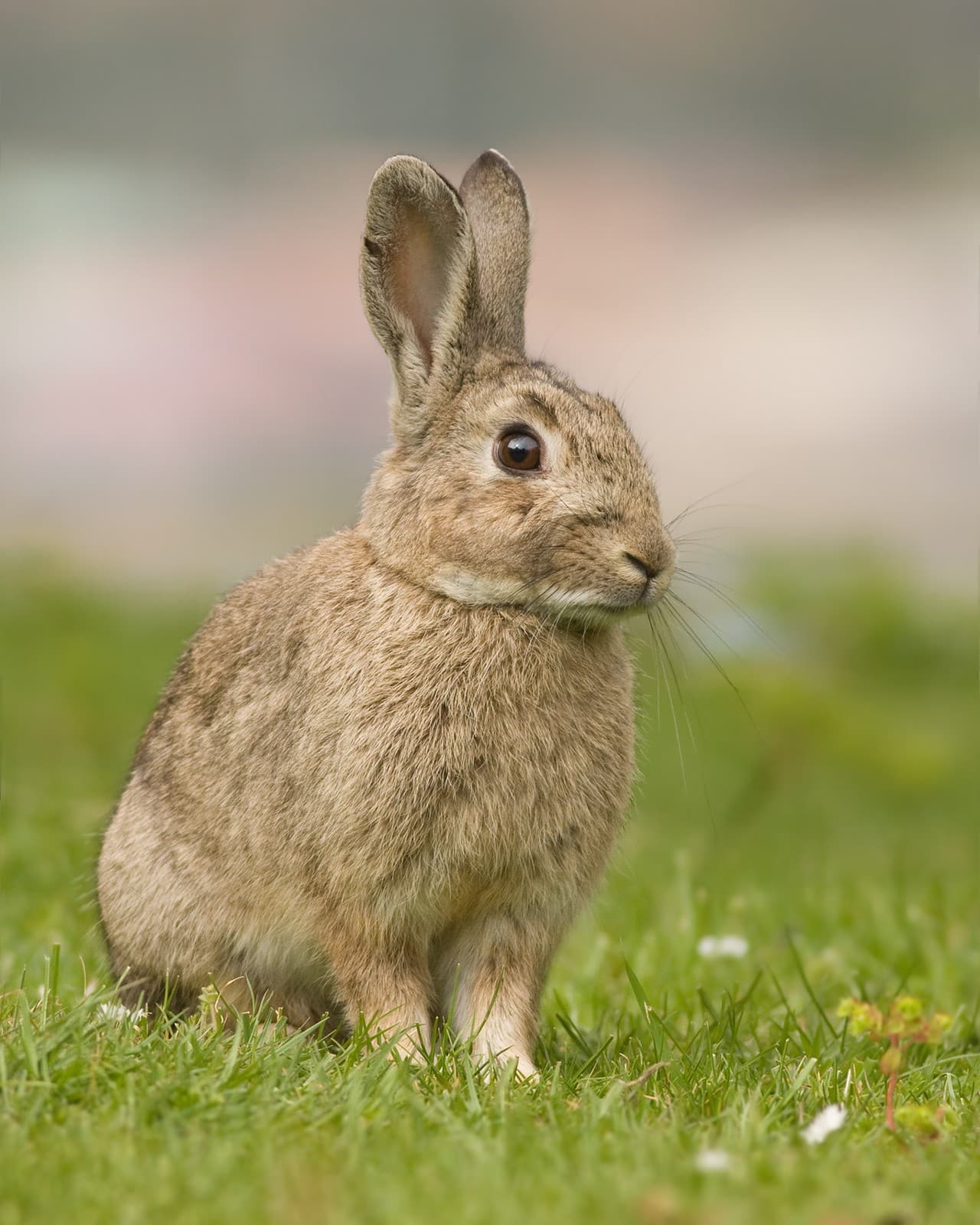
© JJ Harrison (https://www.jjharrison.com.au/) / CC BY-SA 3.0
An adult wild rabbit displaying characteristic alert posture and muscular build typical of mature specimens in their natural habitat.

© Alexis Lours / CC BY 2.0
A young rabbit (bunny) exhibiting the rounder features and smaller size characteristic of juvenile specimens.
Key Differences: Rabbit vs Bunny
| Feature | Rabbit | Bunny |
|---|---|---|
| Age Classification | Any age | Typically young rabbits |
| Size | Full adult size (varies by species) | Usually smaller, juvenile size |
| Scientific Usage | Official taxonomic term | Informal, non-scientific term |
| Behavior | Fully developed adult patterns | Playful, developing behaviors |
| Physical Maturity | Complete skeletal development | Still growing and developing |
| Usage Context | Scientific and general use | Informal and endearing contexts |
Common Characteristics and Behaviors
Adult rabbits demonstrate well-established behavioral patterns including:
- Complex social hierarchies
- Territorial marking
- Sophisticated breeding behaviors
- Established feeding patterns
Young rabbits (bunnies) typically show:
- More playful behavior
- Experimental feeding habits
- Learning social interactions
- Developing motor skills
Habitat and Lifestyle
Wild rabbits inhabit diverse environments across the globe, from deserts to woodlands. These adaptable creatures create elaborate burrow systems called warrens, which can house multiple families. Young rabbits (bunnies) stay close to their warren entrance during their first weeks of life, gradually expanding their territory as they mature.
Care and Maintenance Differences
When keeping rabbits as pets, care requirements vary based on age:
Adult Rabbits:
- Require 2-4 cups of fresh vegetables daily
- Need unlimited timothy hay
- Exercise space of at least 24 square feet (2.2 square meters)
- Regular grooming every 1-2 weeks
Young Rabbits (Bunnies):
- More frequent feeding schedules
- Alfalfa hay until 7 months old
- Gradual introduction to vegetables
- Extra protection from environmental hazards
- More frequent health monitoring
Health and Development
The distinction between rabbits and bunnies becomes particularly relevant when discussing health care:
Adult Rabbits:
- Established immune systems
- Regular vaccination schedules
- Predictable dietary needs
- Standard grooming requirements
Young Rabbits (Bunnies):
- Developing immune systems
- Initial vaccination series
- Changing dietary needs
- Special temperature requirements
- More susceptible to illness
Understanding these differences ensures proper care and attention for these beloved animals at every life stage, whether in the wild or as domestic pets.

